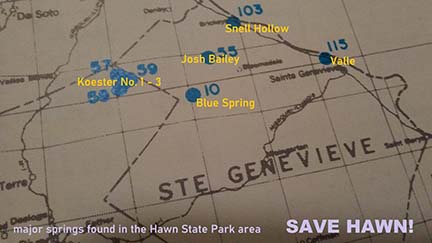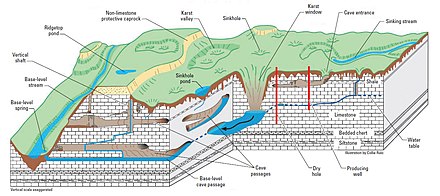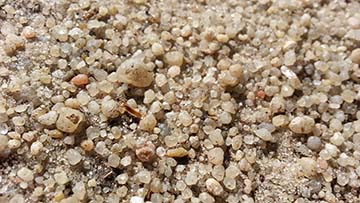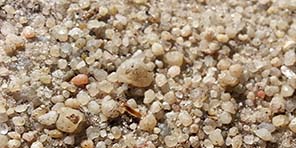by Matt Ankney
The word “mine” is misleading. The NextGen Silica open pit blasting sand mine next to Hawn State Park is actually a freshwater extraction operation. For this entire disaster to “work”, the mine needs an unlimited amount of underground water stored in the St. Francois Aquifer
https://pubs.usgs.gov/ha/ha730/ch_d/D-ozark6.html
There is no limit they are allowed to take. The state will not accurately monitor or police how much the mine can take out nor does it care. It requires years for rainwater to filter down through the Lamotte sandstone, depositing slowly over time using the miracle of mother nature.

The company will greedily drain the aquifer like the mine in Brewer, where residents were forced to truck in water at their own expense once their wells became too low to draw water into their homes. At the same time, the fuel oil used in the explosives (ANFO) and unregulated industrial solvents used to wash the pulverized bedrock will contaminate everything, including the local underground water supply because the mine rips away the actual filter, which is the ground and bedrock between the top of the surface and underground repository 15 to 150 feet below, and destroys it forever; allowinG pollutants to enter the aquifer unfiltered.

Karst Terrain
The “bonus” to this environmental catastrophe is how the contaminants will show up in varying, unpredictable locations as spring water rises to the surface, feeding streams in other nearby drainage areas not normally harmed by the mine’s toxic run-off.

LaMotte Sand
Just a reminder, no environmental studies were performed at all. The Department of Natural Resources simply approved the permit using zero metric, up-to-date scientific methods, or serious assessment using any kind of materials or knowledge at their disposal. The DNR regurgitated industry talking points to the public, instead.
https://en.wikipedia.org/wiki/Karst
from: ‘Springs of Missouri’ (Water Report 29) published by the Missouri Department of Natural Resources Division of Geology and Land Survey in cooperation with the U.S. Geological Survey and Missouri Department of Conservation 1982.

